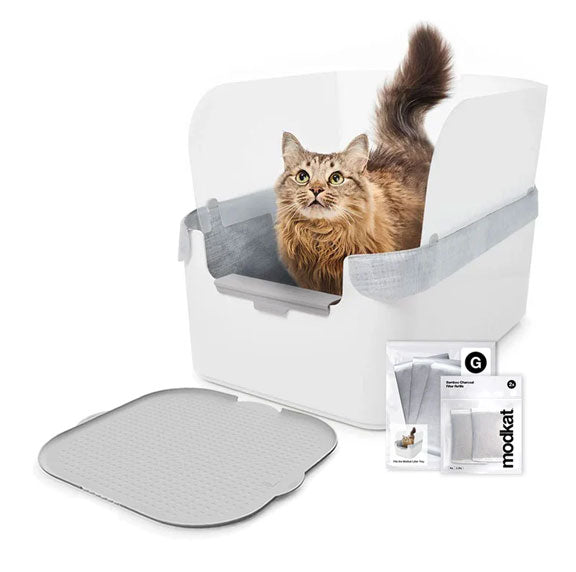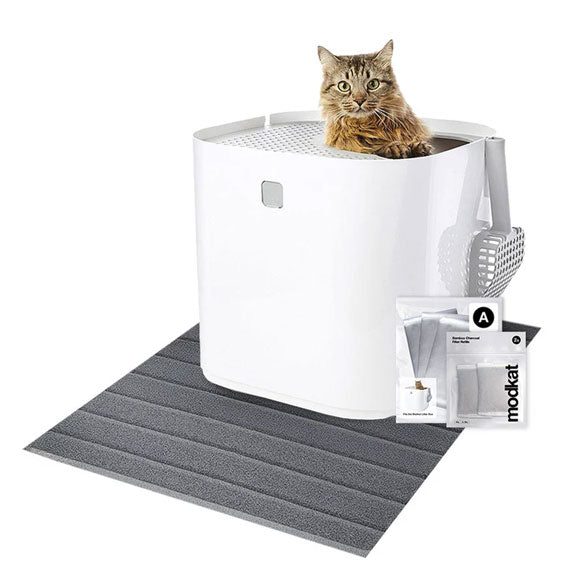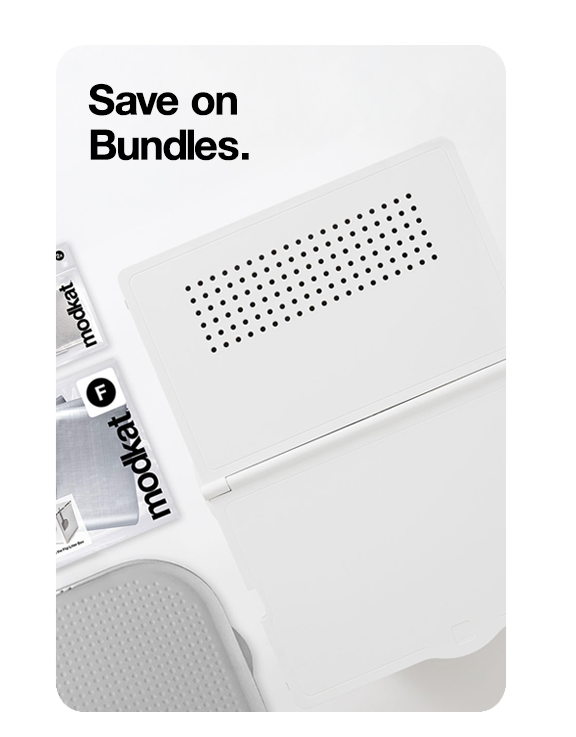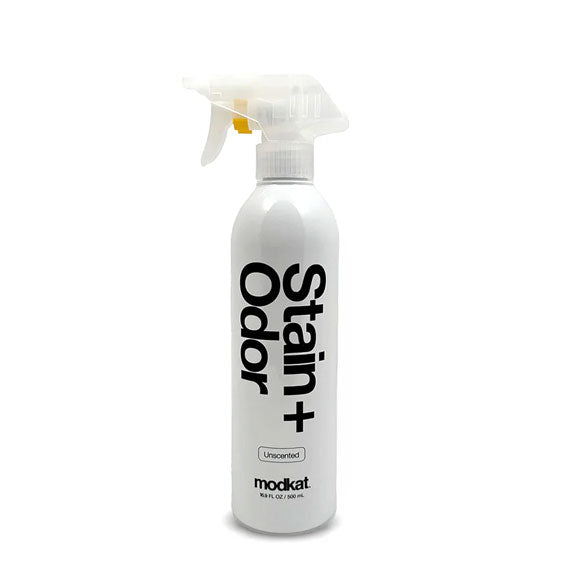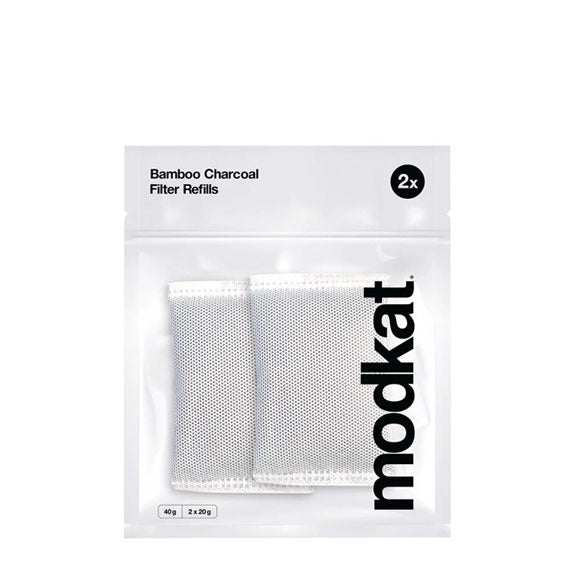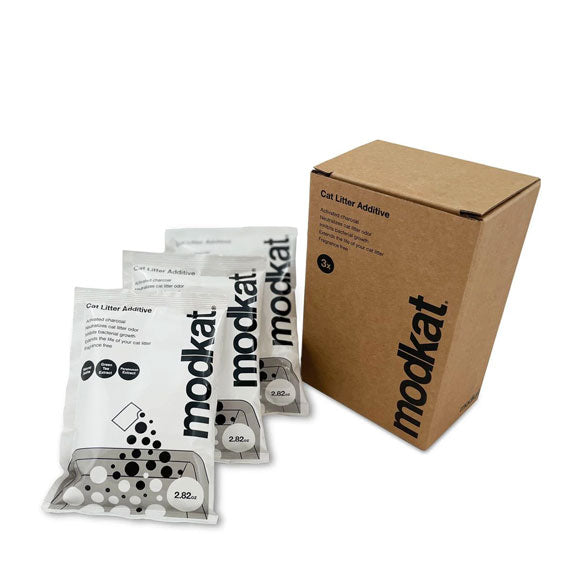20% off sitewide. Discount automatically applied.
20% off sitewide. Discount automatically applied.
Litter Boxes
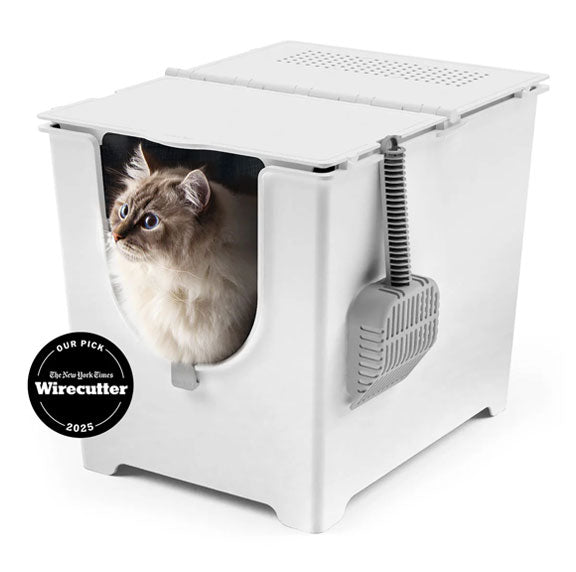
Modkat Flip
Front-Entry Litter Box

Modkat XL
Front/Top-Entry Litter Box
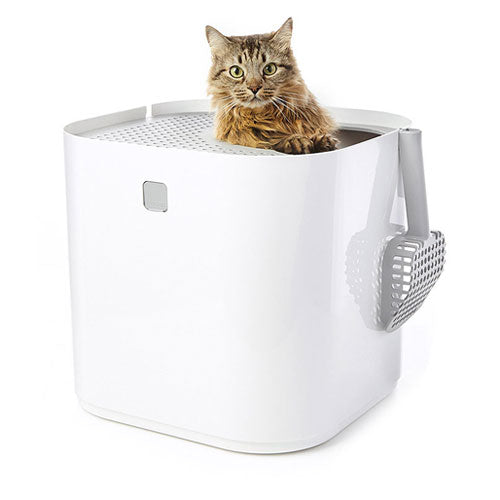
Modkat
Top-Entry Litter Box
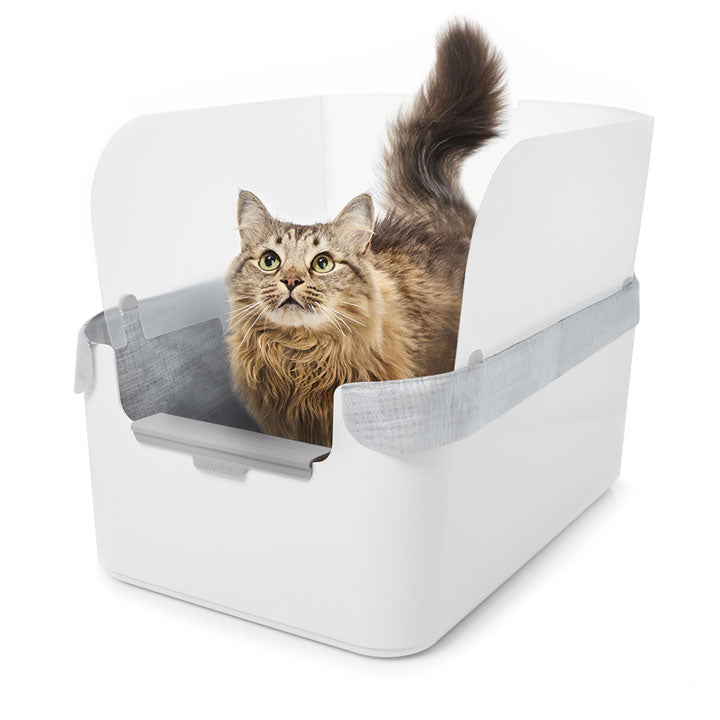
Modkat Tray
Open Litter Box
Bundles
Essentials

Litter Keeper
Two colors
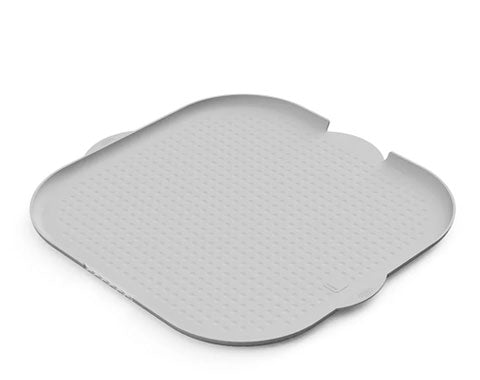
Litter Mats
Multiple styles, colors & sizes
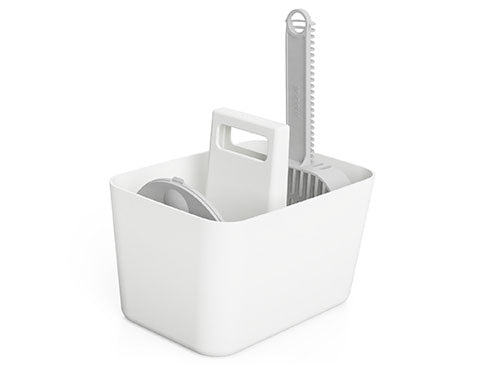
Tidy-Up Kit
Scoop holder & dustpan
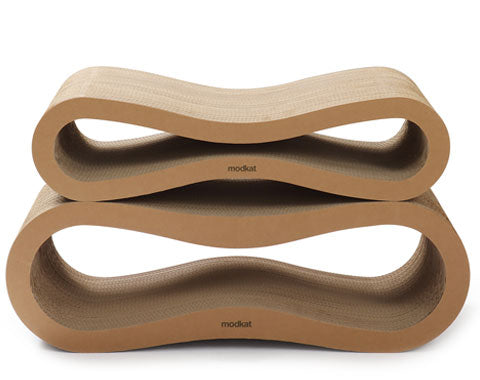
Lounge + Play
Scratchers & toys
Refills
Add description, images, menus and links to your mega menu
A column with no settings can be used as a spacer
Link to your collections, sales and even external links
Add up to five columns
Add description, images, menus and links to your mega menu
A column with no settings can be used as a spacer
Link to your collections, sales and even external links
Add up to five columns
Is your cat peeing in the bathtub?
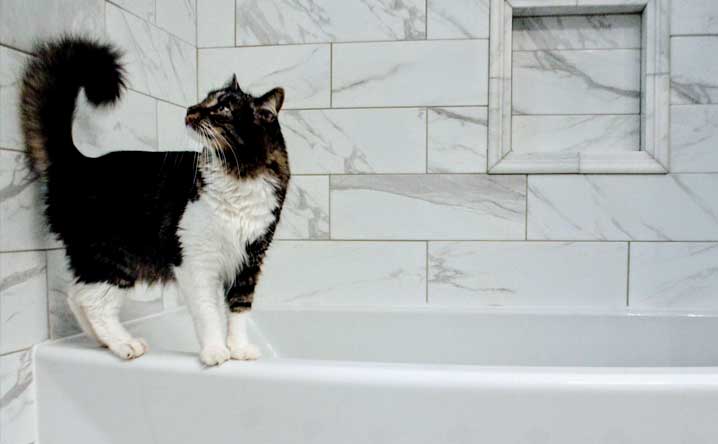
Here are 8 tips on how to stop your cat from peeing in the bathtub and other inappropriate places:
“Her new sweater doesn’t smell of me
I could pee on that
She’s gone out for the day and left her laptop on the counter
I could pee on that
Her new boyfriend just pushed my head away
I could pee on him
She’s ignoring me ignoring her
I could pee everywhere”
Marciuliano’s book that features cat poets around the world is a humorous look at cat behavior, but if your cat is urinating everywhere but in his litter box, it’s no laughing matter.
When cats urinate outside the litter box, there could be several explanations. Your cat might pee on the carpet, on the wall behind the litter box, on the floor in front of the box, or even in the bathtub. If your cat is whizzing everywhere but in the litter box, you’ll need to put on your Columbo hat and do some investigative work to determine why your cat is peeing in these places, where he’s going, and when he’s choosing to do so, which will help you figure out how to stop your cat from inappropriate urination.
Cat behaviorist and Animal Planet’s “My Cat from Hell” TV show host, Jackson Galaxy, says a cat who all of a sudden begins to eliminate outside his litter box is marking territory because of insecurities, he’s dealing with a physical issue, or there is a litter box problem. Galaxy suggests ruling out a physical ailment with an immediate vet visit.
“Make sure your cat’s not acting out from a physical thing,” Galaxy says.
Health issues like urinary tract inflammation can cause a cat to urinate in unusual places if she associates the litter box with painful urination. Bathtubs are common places cats go if urinating is painful for them.
If a physical ailment is not the culprit, you’ll need to consider other possibilities like marking or even the litter box itself. Galaxy suggests keeping a journal of your cat’s habits, marking the spots your cat goes with blue painter's tape so you can spot patterns, and using a black light to find areas that you might have missed. Clean up will be important to prevent the cat from returning to that same spot over and over again.
If your cat is spraying or marking territory, consider having your male cat neutered. If your neutered cat is spraying in your multi-cat household, try setting up separate living areas for the animals so they feel they have their own personal territory in the house. If that’s not practical, be sure to give them plenty of hiding places and perches that enable them to easily retreat to avoid each other.
Here are some tips to stop your cat from peeing in the bathtub or any other inappropriate places:
- Address the soiled spots - Be sure to clean up any areas right away so that your cat doesn’t think that spot is acceptable. If left untreated, the smell will continue to linger and lure the cat back for another elimination.
- More than one litter box - Provide more than one litter box so your cat can find it easily. You should have one box per cat, plus an extra one. So if you have a multi-cat household, you’ll need to keep that in mind.
- Location is important - Make sure the litter box is easily accessible and convenient to use. If you have a multi-level home, you’ll want to provide a litter box for your cat on every level. If you find she’s going in one particular spot, try moving the litter box to where she's eliminating. Not the most ideal location? Slowly move it to a more desirable place once she’s returning to the box to do her business.
- Open or closed? - If your cat seems to dislike her litter box, try another style. Some cats like eliminating in an open litter box while others might prefer an enclosed container. If one style of litter box doesn’t work, simply try something different, or offer both to see which the cat prefers. Cats are naturally curious. A new model might be just what draws her back in!
- Litter issues - Have you changed the type of litter you’re using? Cats typically don’t like change once they’ve gotten used to going in a certain type of litter. Studies have shown cats prefer unscented litter as the perfumed versions are overpowering for their sensitive noses. Reconsider using scented litter if that’s the change you’ve made.
- Dirty litter box - Is the litter box dirty or too small for the cat to adequately do business? A cat will not find padding around in a dirty litter box pleasant, especially if it’s not sized appropriately. In fact, he’d rather eliminate in a clean area outside the litter box than stomp around in his own waste. Scoop the litter once a day. Completely clean the box and scooper, and replace the litter at least once a month.
- Positive reinforcement - Avoid scolding your cat if he makes a mistake. Punishment will only add to his stress and prolong the inappropriate urination. Instead, praise and reward him with a treat or extra playtime when you catch him using his box.
- Call a pro - If after you’ve tried a number of things and your kitty is still eliminating everywhere but in her litter box, it might be time to call in a certified professional cat behaviorist.
“It looks nicer than any other hooded or open option we considered.”

Categories
Meow from Brooklyn.
Sign up and get early access to product drops, exclusive offers, and the occasional cat meme.
Similar products related to this blog:
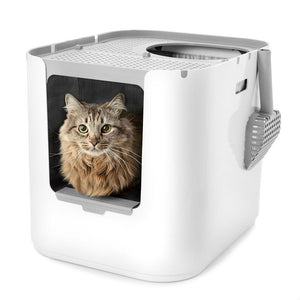
"It looks nicer than any other hooded or open option we considered."

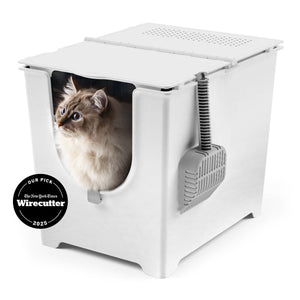
"This litter box keeps everything in, nothing gets out the sides."

"My beautiful ragdoll cat and I both love the new Modkat Litter tray!"


